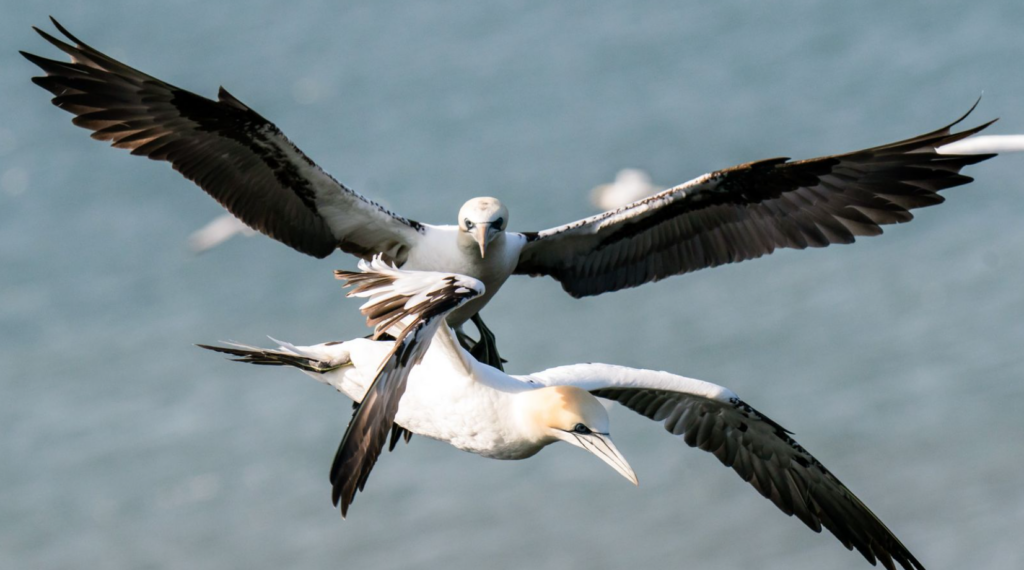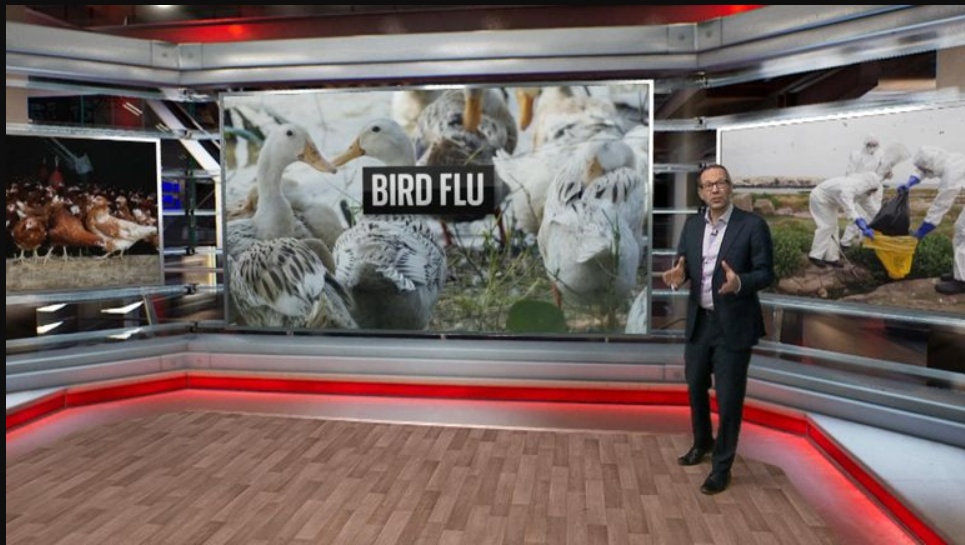Seabirds return to UK coast, putting scientists on bird flu alert 2023

A second summer of enormous death would decimate the gannet and other populations.
It might potentially spread the virus to animals.
Professor Ian Brown, APHA’s head of scientific services, told Sky News that the virus that caused last year’s die-off was still unknown.
“It appears another group transmitted the virus into seabird colonies,” he added.
As seabirds flock to the UK coast for breeding, scientists are on alert for a new bird flu outbreak.

It’s more likely that those gannets were infected to the virus via other birds in their colony than by venturing out to sea.
“Gulls, which are extremely sensitive to this virus, can transport and shed it. They may introduce it to a colony.
The virus spreads quickly in the colony because the birds are densely packed.
H5N1 killed hundreds of seabirds last year.
Gannets, guillemots, puffins, and kittiwakes are gathering on high cliffs to rear their young after wintering at sea.
Prof. Brown hopes the birds will return and have a virus-free mating season.
“But given what occurred last summer, we’ve got to be extra cautious and look for early indicators that show maybe the virus has returned.”
RSPB volunteers and wardens are examining colonies for unwell birds and searching the water surface for dead ones.
Bempton Cliffs nature reserve in Yorkshire hosts half a million seabirds. The gannet population here is globally significant.

Last year, 80% of gannet chicks died in the most populated areas.
RSPB senior site manager David O’Hara said they likely starved.
He assumed one or both adults had perished.
Because they only have one baby a year, adult bird deaths are of great significance. Hence, population recovery may take awhile.
“This year, we’re worried about what’s coming.”
The H5N1 virus was initially discovered in 1996 and caused seasonal epidemics in domestic poultry and migratory ducks and geese until two years ago.
